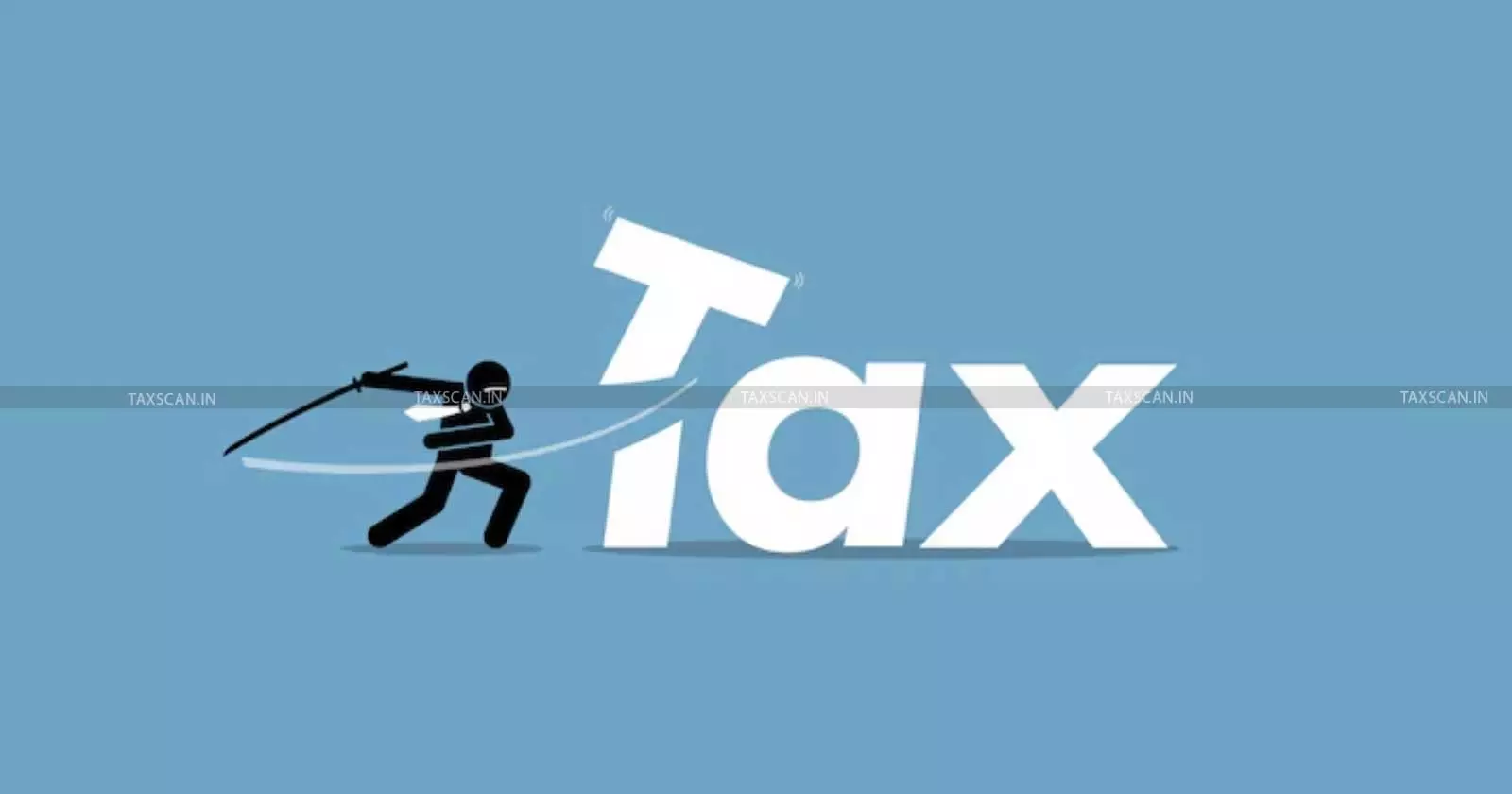Rs. 16 LPA CTC, 0 Rupee Tax! Know How to Survive Income Tax Impact in FY 2025-2026
This article explains how you can structure salary and investments under the new tax regime to ensure no tax goes out of your pocket. Maximum Savings, Minimum Tax Cuts!

Every salaried employee wants to reduce tax liability, but filing Income Tax Returns (ITR) often looks complicated. With smart use of deductions, exemptions, and employer-linked contributions, it is possible to legally bring taxable income down to zero, even with a CTC of Rs 16 lakh in FY 2025-26.
Considering the Income Tax Slabs for FY 2025-26 (New Regime), without exemptions, a Rs 16 lakh annual package would attract significant tax. The following steps show how to avoid the same.
India’s New Tax Era Begins – Are You Ready for the Changes? Click here
Step 1: Standard Deduction
Salaried individuals are entitled to a standard deduction of Rs 75,000 under Section 87A in the new tax regime.
Gross Income: Rs 16,00,000
After Deduction: Rs 16,00,000 – Rs 75,000 = Rs 15,25,000 taxable
Step 2: NPS Contribution by Employer
Employers can contribute up to 14% of basic pay to an employee’s NPS account. This is tax deductible.
Assume basic pay = 50% of CTC = Rs 8,00,000
NPS deduction = 14% of Rs 8,00,000 = Rs 1,12,000
Taxable income = Rs 15,25,000 – Rs 1,12,000 = Rs 14,13,000
India’s New Tax Era Begins – Are You Ready for the Changes? Click here
Step 3: EPF Contribution by Employer
Employer’s contribution to the Employee Provident Fund (EPF) is also tax exempt up to 12% of basic pay.
12% of Rs 8,00,000 = Rs 96,000
Taxable income = Rs 14,13,000 – Rs 96,000 = Rs 13,17,000
Step 4: Small Savings Investments
Investments in schemes like Public Provident Fund (PPF) and Sukanya Samriddhi Yojana (for eligible taxpayers) provide further relief.
Example investment: Rs 1,00,000 in Sukanya Samriddhi + Rs 1,50,000 in PPF
Net additional benefit: Rs 17,500
Taxable income = Rs 13,17,000 – Rs 17,500 = Rs 12,99,500
Step 5: Reimbursements and Allowances
If your employer structures your salary properly, official reimbursements on bills such as entertainment, mobile, fuel, transport, or uniform can be claimed tax free.
Example reimbursements:
Entertainment bills: Rs 40,000
Transport allowance: Rs 60,000
Fuel bills: Rs 25,000
Mobile bills: Rs 10,000
Uniform bills: Rs 15,000
Total reimbursement: Rs 1,50,000
After adjusting this, the Taxable income becomes Rs 12,99,500 – Rs 1,50,000 = Rs 11,49,500
Final Outcome
At this stage, your taxable income falls below Rs 12,00,000, which qualifies for zero tax liability under the new regime. Despite having a CTC of Rs 16 lakh, the effective income tax payable is nil.
Things to Keep in Mind
1. Salary structuring is very important to tax planning. A properly designed CTC, with a balance of basic pay, employer contributions, and allowances, can reduce tax.
2. Employer-linked benefits do matter. NPS and EPF contributions directly lower taxable income without additional effort from the employee.
3. Use permitted savings schemes such as PPF and Sukanya Samriddhi as they are still relevant under the new regime.
4. Expense reimbursements are efficient. Bills for official expenses reimbursed by the employer can legally reduce tax burden.
Limitations that might Get in the Way
Benefits vary by employer payroll/HR policies. Not all companies extend NPS or reimbursement flexibility.
Investments like PPF require actual cash outflow, so liquidity must be considered.
Tax rules change frequently; recalculation is necessary every financial year.
Bottom Line
With careful planning, it is entirely possible to pay zero income tax on a CTC of Rs. 16 lakh in FY 2025-26 under the new tax regime. Tax savings do not only depend on investments but also on how your employer structures salary and benefits.
Disclaimer: This is not investment advice. Consult a qualified tax professional before making financial decisions.
Support our journalism by subscribing to Taxscan premium. Follow us on Telegram for quick updates


